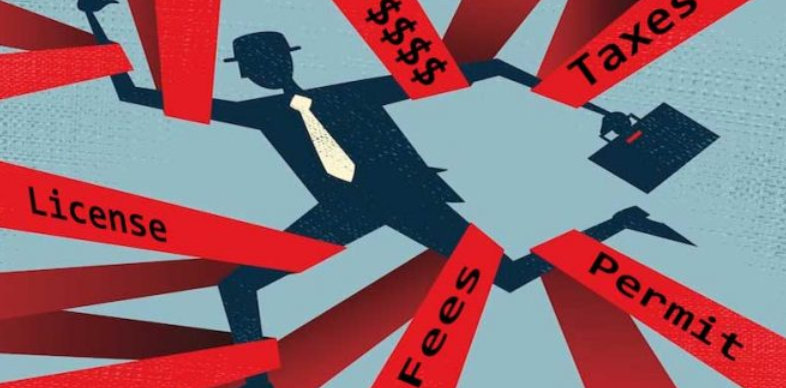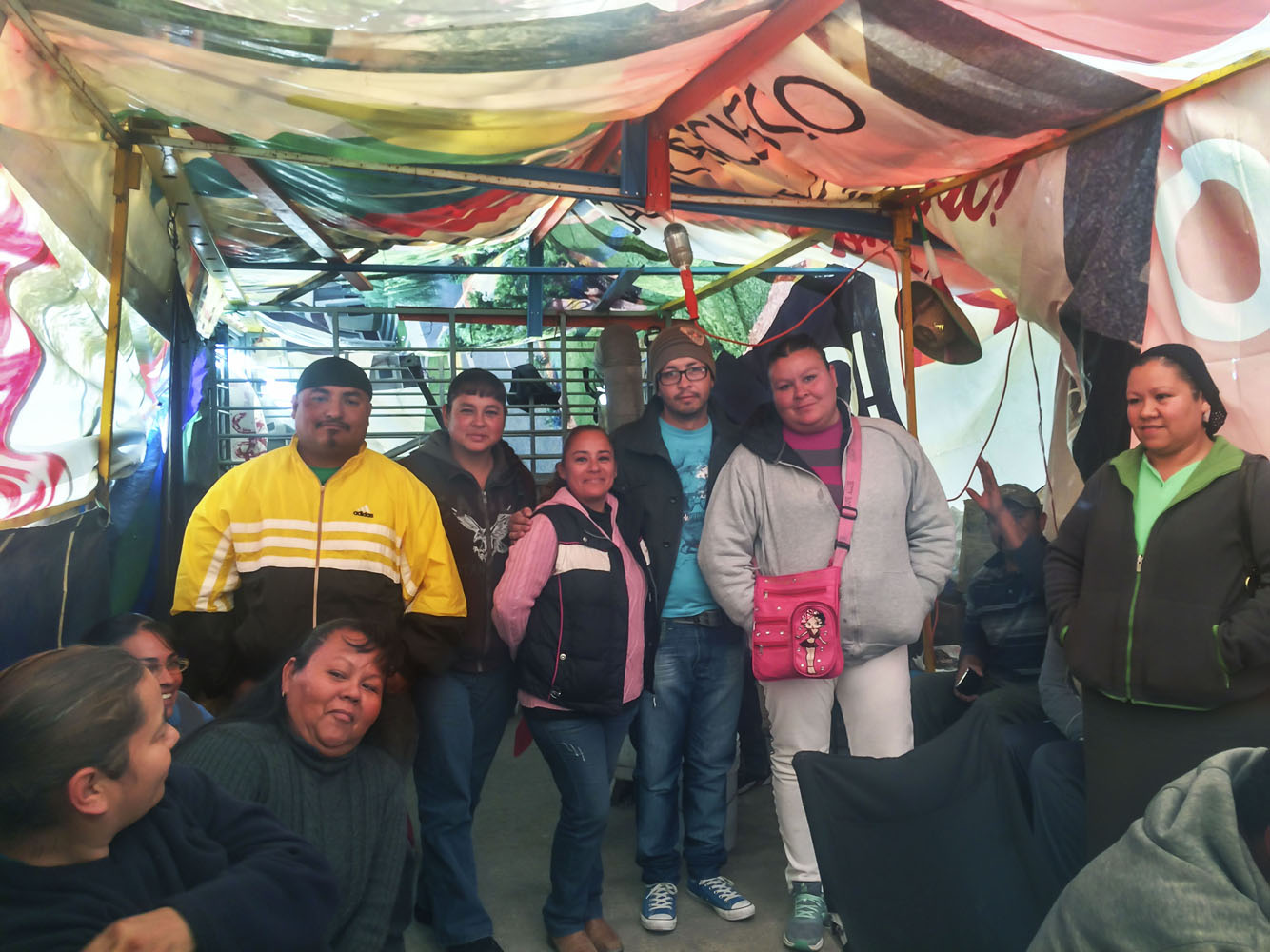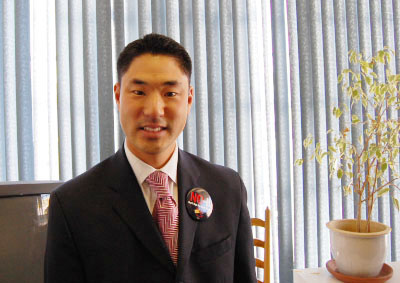Compiled by the El Reportero’s staff
What is the scandal? of Ileana López. Is an autobiographical story that explores what it means to be an immigrant woman of color in the United States of America. Immigrants don´t just face the outside challenges of the legal system but also the internal challenge of adaptation and integration. A reflection of self-transformation and a journey of human growth.
At Fort Mason Center Chapel, Sunday, May 29, 2016 at 2 p.m., Sat., June 4, 2016 at 4 p.m., Sun, June 5, 2016 at 6 p.m. At 1100 Bay Street, San Francisco. Doors open at 5:45 p.m., starts at 6 p.m. Duration: 70 minutes, no intermission.
UFW convention spotlights recent union gains for farm workers
Hundreds of delegates, alternatives and guests will review progress improving farm worker lives through both proactive union work and exciting new global initiatives across state and national boundaries during the United Farm Workers’ 20th Constitutional Convention at Bakersfield’s Rabobank Convention Center.
A fundraising dinner with Kerry Kennedy, Robert F. Kennedy’s daughter, kicks off events on Thursday, May 19, followed on Friday, May 20 by private delegate workshops, election of union officers and a dinner address by immigration reform champion U.S. Rep. Luis Gutiérrez.
The centerpiece of the convention is on Saturday and Sunday, May 21 and 22, focusing on important gains farm workers have scored through UFW organizing and negotiating.
May 21 and 22, at Rabobank Convention Center, 1001 Truxtun Ave., Bakersfield, California.
The hidden Indian life in Berkeley and the evidence surrounding it
Richard Schwartz, noted local author and scholar, will give an illustrated talk on the hidden Indian Life in Berkeley and the evidence surrounding it.
He will describe how the discovery and protection of artifacts and history combine as a powerful tool to begin to understand the extent Native Americans lived within what became the city of Berkeley, and more.
This event will be held on Saturday May 28, 2016 from 1 p.m. to 2:30 p.m. in the 3rd floor Community Meeting Room of the Central Library located at 2090 Kittredge Street in Berkeley, California.
For questions regarding this program, call 510-981-6148.
This free program is sponsored by the Friends of the Berkeley Public Library www.berkeleylibraryfriends.org.
The Central Library is located at 2090 Kittredge Street.
Roxie Theater brings Spanish films repertoire
The Roxie, San Francisco’s historic, nonprofit cinema in the heart of the Mission District, is pleased to announce the official launch of RoxCine, a new program offering year-round Spanish-language cinema and celebrating the vibrant Latino film culture and community in the city and beyond.
RoxCine will feature a comprehensive offering of new releases, repertory programming, and special series and retrospectives curated by Isabel Fondevila. “RoxCine will bring an exciting mix of films to San Francisco, from winners at major film festivals with US distribution, to special features not seen on any other screen outside of Latin America,” says Fondevila.
RoxCine’s inaugural offerings in May include a double feature of Alfonso Cuarón and Alejandro González Iñárritu’s breakthrough films Y Tu Mamá También & Amores Perros on May 12; an Early Almodovar Week (May 20-26) featuring the young, vital, and rarely revisited stage of Pedro Almodóvar’s storied career; and the Mexican thriller A Monster with a Thousand Heads by Rodrigo Plá, that with seven nominations to the Ariel Awards, including best film, will be opening at the Roxie on May 27. Also highly anticipated are the Venezuelan winner of the Golden Lion prize at the Venice Film Festival, From Afar, and the Mexican documentary All of Me, opening on July 8 and Aug. 5 respectively.









